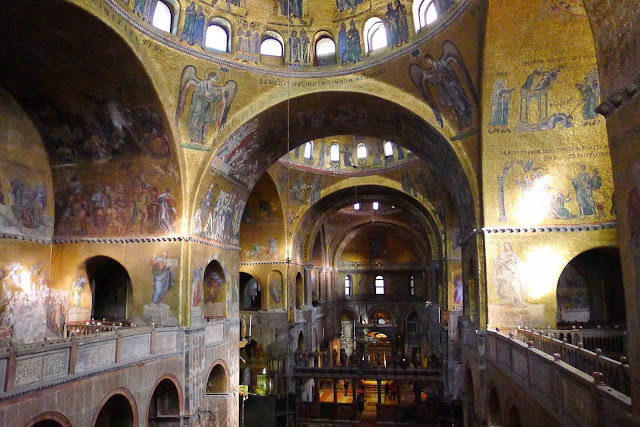Fort Santiago and the Last Days of Jose Rizal
Aside from San Agustin Church, no other place in the ancient walled city of Intramuros holds as much historical significance as Fort Santiago. Due to its location at the mouth of the Pasig River, Fort Santiago was the chief fortress, barracks and dungeon of the Spanish Government during its rule of the Philippines. It also became a main fort for the spice trade between Asia-America-Europe via the Galleon Trade to Acapulco.
* Originally used by Rajah Sulaiman, the most powerful chieftain of pre-Hispanic Manila, the Fort in its current form was ordered built by Miguel Lopez de Legazpi to protect the newly established city of Manila. And for the price of $1.50, this place can be toured by all!
* Long gone are the days where this place has actually served in any military capacity. Today its structures are filled with interactive museum displays, restaurants, offices and souvenir shops.
* What would a Fort be without a collection of ancient guns and arms? And this place must have had a lot, having been used by the Spaniards, Americans and Japanese over the last four centuries. Like I did in Paris and London, of course I had to take this pose!
* I could have sworn that this was the mansion in the very first Resident Evil game! Actually, it was the site of the American Barracks, after having one too many zombie infestations.
* A bunch of statues standing on the lawn: one of a group of priests and another of Altair, of Assassin's Creed fame.
* Of course, Aaron and I had to give our most "fruity" pose in this shot with el padre.
* The main gate of Fort Santiago contains the coat of arms of the monarch of Spain, and the image of Saint James the Great, from whom the Fort was named after.
* I wonder what Dr. Jose Rizal, our national hero, would have thought about the Japanese invasion of the Philippines, given that he traveled to Japan back in his youth and even had a Japanese sweetheart!
* Infamously, Fort Santiago was where Jose Rizal was imprisoned before he was executed in nearby Luneta. A sullen statue stands where he began his march to his death and bronze footsteps mark his path to eternity.
* An exhibit exists showcasing some of his possessions, articles of clothing and furniture. Not bad for a writer who wasn't even actively campaigning for Philippine independence, just reforms!
* Today, Jose Rizal is remembered for his two novels: the explosive Noli Me Tangere and the dark El Filibusterismo; both offering tremendous insight to the lives of ordinary Filipino citizens back then and the abuses perpetrated by the Spanish government officials, friars and upper class Filipinos themselves.
* The aptly named Dungeon; used for over 400 years to house murderers, thieves, traitors, corrupted and the heroic.
* The situation was very grim for whoever was imprisoned here. With one set of stairs, no roof, slimy moss-filled walls and guards looking on from the top, escape must have seemed like an almost impossible dream.
* Sadly, Fort Santiago witnessed multiple horrors in the last few years of its usefulness. After having been captured by the Japanese during WWII, the Fort became a prison where atrocities and massacres were carried out regularly on defenseless Filipinos and Americans. As many as 600 prisoners were pointlessly murdered here in the final days of the Battle of Manila, when it became apparent that the Japanese were fighting a desperate, losing battle.


















Comments
Post a Comment